There are a few really good trends in the supplement industry right now, and one of our favorites is the increasing use of clinically-validated nootropic ingredients in pre-workout formulas. Consumers and formulators alike are getting hip to the fact that one's state of mind matters a lot for both exercise performance and finding the motivation to hit the gym in the first place.
Mutant Mind FK – Nootropic-Focused Pre-Workout
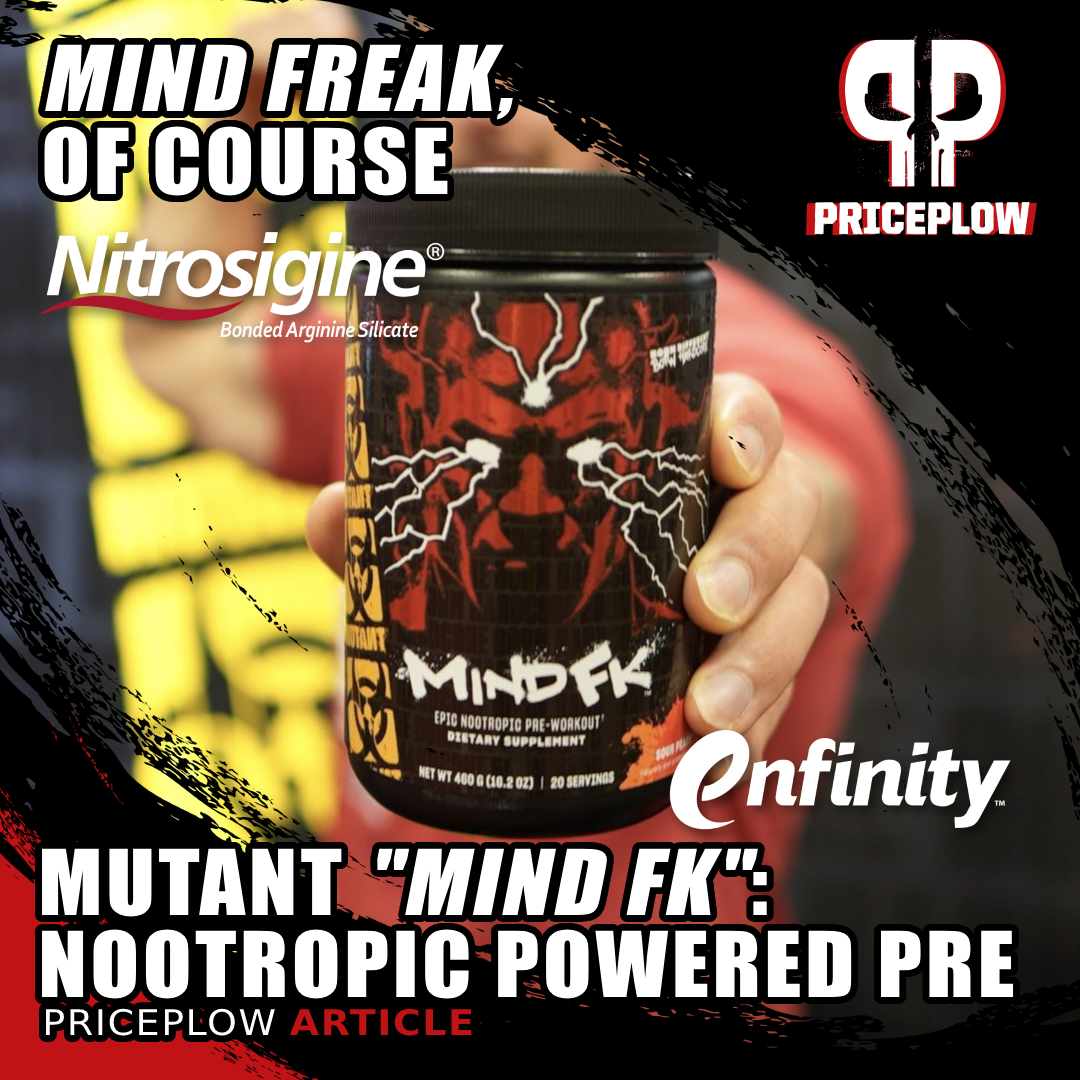
Mutant Mind FK (pronounced "Mind Freak") is an epic nootropic-based pre-workout with a huge combination of Nitrosigine, enfinity paraxanthine, 3 grams each of taurine and tyrosine, and more!
The idea behind the new MUTANT Mind FK (short for "Mind Freak") pre-workout supplement is to take this trend to its logical conclusion – have a nootropic-powered pre-workout formula that brings clean energy and solid pumps.
Mutant launched this 23 gram behemoth at the 2024 Arnold Sports Festival, where we got to see the famous Canadian-based brand's new incredible look.
We're pretty excited about this concept, especially because Mind FK features Nitrosigine and enfinity paraxanthine. Nitrosigine is a highly bioavailable form of arginine that actually improves cognitive performance through its impact on vasodilation and blood flow. Paraxanthine is the industry's next-generation form of energy – it's a caffeine metabolite that does all the stuff we want caffeine to do, but with much cleaner-feeling effects.
On top of that, we have two forms of choline and a sizable dual-dose of 3 grams of tyrosine paired with 3 grams of taurine, which will both support focus and far more, as we'll cover below.
Let's get into how this amazing formula works, but first, check The PricePlow news and deals:
Mutant Mind FK – Deals and Price Drop Alerts
Get Price Alerts
No spam, no scams.
Disclosure: PricePlow relies on pricing from stores with which we have a business relationship. We work hard to keep pricing current, but you may find a better offer.
Posts are sponsored in part by the retailers and/or brands listed on this page.
This area is reserved for Team PricePlow's upcoming videos.
Subscribe to our channel and sign up for notifications so you catch it when it goes live!
Mutant Mind FK Ingredients
Mutant is using an ingredient blend, but what we like about this blend is that it's full disclosure – so you can see exactly how much of each ingredient is present -- down to the inositol in the Nitrosigine!
In a single 1-scoop (23 gram) serving, you get the following in the 16.9 gram MUTANT Mind FK "Full Disclosure Blend":
-
100% Pure L-Citrulline (Vegan Fermented) – 4,000 mg
Now this is a nootropic pre-workout. If you don't feel this, then you better get your head straight!
Citrulline is an amino acid that can increase your body's production of nitric oxide (NO).[1] But first, it has to be converted into arginine, as follows: Citrulline → Arginine → NO
Even though citrulline is the indirect NO precursor, it has much better oral bioavailability than arginine,[2,3] which is why citrulline is a common pre-workout ingredient.
What does extra NO do?
Because NO triggers vasodilation, a phenomenon in which arteries expand in diameter, supplementing with citrulline can lead to significant drops in both blood pressure and heart rate.[4-6]
Thanks to its impact on cardiovascular efficiency, vasodilation not only improves the delivery of blood and nutrients to hungry cells, but also facilitates the removal of metabolic waste from those cells, thus aiding performance and recovery.
Citrulline studies show it can:
- Boost power by increasing oxygen uptake[7]
- Extend athletic endurance by about 50%[8]
- Decrease post-exercise muscle soreness[8]
- Increase exercise-induced growth hormone (GH) secretion[9]
- Prevent protein catabolism[10]
- Amplify the anabolic response to exercise[11,12]
Citrulline can also help your body make more ornithine,[13] an amino acid that plays an important part in detoxifying ammonia, a metabolic waste product that causes both mental and physical fatigue as it builds up.[14] More ornithine means ammonia gets removed faster, which is probably one of the means by which citrulline supplementation increases endurance.
Ornithine can also support healthy sleep by increasing your body's DHEA-to-cortisol ratio.[14]
Overall, we like this dose, especially with the Nitrosigine coming up in a little bit.
-
Beta-Alanine – 3,200 mg
Beta-alanine is an ergogenic aid, meaning it can increase one's exercise capacity. Together with the amino acid histidine, beta-alanine is a precursor to carnosine, a dipeptide molecule that assists in the removal of lactic acid from muscle tissue.
Lactic acid causes muscular fatigue as it accumulates,[15] so getting rid of it faster with beta-alanine supplementation can slow down the onset of fatigue, thus increasing athletic endurance.
Once again, the reason we take the precursor beta-alanine, instead of carnosine itself, is that the former's bioavailability is much greater than the latter's. Nor is it necessary to supplement with histidine, which is abundant in common foods and is usually the bottleneck on the body's carnosine synthesis rate. Thus, beta-alanine supplementation is the best strategy for increasing carnosine.[16,17]
Two meta-analyses, looking at over 40 peer-reviewed papers, concluded that beta-alanine is best at supporting efforts that can be sustained for 30 seconds to 10 minutes in duration.[18,19] In other words, beta-alanine supplementation is great for HIIT and high-rep lifting.
Beta-alanine tingles? Harmless
You'll almost certainly feel some tingling in your face (and possibly torso and other areas) after taking beta-alanine, but don't sweat it — a recent safety analysis of beta-alanine established that this sensation is benign.[20]
3.2 grams is the "standard" daily dose nowadays, and what is frequently studied in the research.
-
TyroPure L-Tyrosine (Vegan Fermented) – 3,000 mg
Tyrosine is an amino acid that can help mitigate stress and increase energy levels, and this is quite a nice dose here!
It's a building block for catecholamine neurotransmitters like dopamine, adrenaline, and noradrenaline, which are involved in focus, motivation, and energy production (calorie burning).[21-23] Adrenaline and noradrenaline can also decrease hunger,[24] which can potentially make cutting a little easier to deal with.
Tyrosine is also a precursor to the thyroid hormones T3 and T4.[25,26] Supplementing with this amino can thus help support optimal thyroid function, especially in the face of exercise and caloric restriction, behaviors that are both known to have anti-thyroid effects.[25-27]
Supports cognition during sleep deprivation
Tyrosine is particularly useful for restoring cognitive abilities in sleep-deprived people. According to research carried out by the U.S. military, tyrosine is better at this than caffeine![28,29]
A decade or so ago, we saw 500 milligrams - the bare minimum we sometimes feel for focus. Over time, we started seeing a gram, but it's really the 2-3 gram range that we seem to fair best with. Shout-out to Mutant for upping the ante on this one.
-
Taurine – 3,000 mg
Next, we're pleased to see taurine, a jack-of-all-trades amino acid[30] that's also one of The PricePlow editorial staff's favorite ingredients of all time. This amino has ergogenic, nootropic, and fat-burning effects – and the best part is, it's not even a stimulant. Once again, we have a larger-than-average dose, so Mutant is making some simple, cost-effective, yet efficacious decisions here.
Taurine as an osmolyte
Taurine's ergogenic effects can be attributed mostly to its status as an osmolyte, meaning a substance that can change the osmotic dynamics around the body's cells. More specifically, taurine forces extra water into your cells, leading to a desirable state known as cellular hyperhydration.[32] Not only does this improve cells' access to crucial nutrients, it also supports their natural detoxification processes, and increases their resilience to heat stress.[33]
The upshot is that hyperhydrated cells can work harder for longer, leading to significant increases in both aerobic and anaerobic endurance.
In fact, a 2018 meta-analysis found that a single 1-gram dose, ingested right before a workout, can substantially increase athletic endurance[31] – and that's only one-third the 3,000-mg dose used in MUTANT Mind FK!
Finally, taurine can help support calcium signaling in muscle cells, thus decreasing the likelihood of muscle cramps.[34,35]
Nootropic effects
Taurine has powerful antioxidant effects,[36,37] and is particularly good at defending neuronal mitochondria from oxidative stress. As one study points out, taurine can help protect "against pathologies associated with mitochondrial defects, such as aging, mitochondrial diseases, metabolic syndrome, cancer, cardiovascular diseases and neurological disorders."[38]
Taurine is also GABAergic and, thus, has the same calming, inhibitory effect on neurons as the neurotransmitter gamma aminobutyric acid (GABA). Just like GABA, taurine supplementation can have a significant anti-anxiety effect,[39] and can reduce neurological inflammation.[39]
Maybe the best thing taurine does is trigger mitochondrial biogenesis – the birth of new mitochondria – in brain cells.[38]
Discussed below, taurine can induce the browning of fat,[40] which is important because brown fat is more mitochondrial-dense and metabolically active!
Taurine also upregulates dopamine, a neurotransmitter associated with focus and motivation, while supporting the health and function of dopamine-producing neurons.[41,42]
So, taurine is neuroprotective in several important respects. Bottom line, this amino acid can go a long way towards helping you find the focus and motivation you need to power through your toughest sessions, and also help mitigate any post-workout decline in cognitive ability.
Fat-burning effects
On top of all that, taurine can help us achieve our desired body composition, too. That's because taurine can speed the conversion of white adipose tissue (WAT) to brown adipose tissue (BAT).[40,41,43-45]
Unlike WAT, BAT is metabolically active and actually burns calories for heat in a process known as non-shivering thermogenesis (NST). In NST, both fatty acids and glucose are taken up from the blood, leading to improvements in insulin sensitivity, serum cholesterol, and glycemic control.[40]
The more BAT you have compared to WAT, the more calories you can burn in a day.[40]
Amazing dose!
Again, huge shoutout to MUTANT for using a 3,000-mg dose of taurine! Taurine's benefits are dose-dependent, with the scientific literature supporting doses as big as 6,000 mg,[31] so we're glad to see MUTANT went above and beyond the industry's standard 1,000 mg per serving.
-
Nitrosigine (Inositol-Stabilized Arginine Silicate) – 1,500 mg
A nitric oxide booster that improves cognition?! Yes - Nutrition21 passed around this helpful infographic after the Nitrosigine cognition study on healthy young adults was published.[46]
Nitrosigine is an industry leading nitric oxide (NO) boosting ingredient developed by Nutrition21. It's made up of arginine, in a chemical complex with inositol and silicate.[47] Researchers sometimes refer to Nitrosigine by the name inositol-stabilized arginine silicate, or ASI.
As discussed in the citrulline section, upregulating NO synthesis comes with a number of important positive effects on athletic performances and recovery, thanks to NO's ability to induce vasodilation.
Why Nitrosigine? Better bioavailability
As we alluded to in the citrulline section, generic arginine's oral bioavailability is not very good. This gave rise to the arginine paradox, in which arginine doses big enough to work were impractical because they caused gastrointestinal distress.[48-50] That's because arginine shows a higher affinity for arginase (the enzyme that breaks down arginine) than it does for endothelial nitric oxide synthase (eNOS), which is the enzyme that actually synthesizes NO.[51] The resulting premature breakdown of arginine is known as the first pass effect.[52-55]
That's the problem Nitrosigine was designed to solve – Nutrition21 set out to build a better arginine -- one that the body absorbs more efficiently.
Nitrosigne's standard, rapidly-acting and long-lasting dose – 1,500 mg
MUTANT Mind FK opts for the full 1,500 mg Nitrosigine per serving, which is the amount studied in numerous clinical trials. At this dose, researchers have found that it can upregulate NO production on the very first day of supplementation,[56,57] with the benefits increasing the longer you take it.[57] A 1,500-mg dose has been shown to increase arginine blood levels 30 minutes after ingestion, an effect that can last for as long as 6 hours.[57,58] And remember, arginine is the precursor to nitric oxide, so it's a decent metric for increasing NO.
Nitrosigine vs. Citrulline Malate – 1,500 mg equivalent to 8,000 mg??
An independent study at the University of Arkansas showed that 1.5g Nitrosigine performed as well as (if not better than!) 8g citrulline malate![56]
One especially interesting trial put 1.5 grams of Nitrosigine head-to-head with 8 grams of citrulline malate.[56] Both substances increased circulation to similar degrees, but Nitrosigine acted more efficiently than the citrulline: gram-for-gram, Nitrosigine was roughly five times more effective than citrulline malate. Comparing before and after intake, the 1500 milligram dose increased the FMD (flow-mediated dilation) response by a stunning and significant 31%.[56]
FMD is a great functional marker because it's a measure of arterial blood flow. It's used to measure NO-dependent vasodilation in response to a stimulus, so it tells us about the body's ability to produce NO and use it.
But recall, MIND FK is a nootropic pre-workout, and Nitrosigine can support that as well:
Nitrosigine and cognition
Almost all discussion of NO-mediated vasodilation is concerned with its ability to increase physical performance. As it turns out, though, Nitrosigine has led to clinically-studied cognitive benefits, too. This makes sense if you think about it because your brain needs blood at least as much as any other part of your body!
When it comes to brain benefits, Nitrosigine is a stand-out compared to other NO boosters. Research has found that Nitrosigine can:
A study published in late 2021 showed that Nutrition21's Nitrosigine improves working memory and cognitive function in healthy young adults[46]
- Ameliorate post-workout cognitive impairment when taken prior to a workout.[59] (For more information about this study, read "Nitrosigine Prevents Cognitive Decline After Strenuous Activity".)
- Increase processing speed in young, healthy men who have not recently exercised.[60]
- Increase working memory performance.[46] (We talked about this one in "Study: Improved Working Memory from Nitrosigine in Healthy Young Adults".)
So, as you can see, Nitrosigine is for a lot more than just performance and pumps!
Check out our comprehensive Nitrosigine post
This discussion has barely gotten into how Nitrosigine works and what it can do. If you want to learn more, read our in-depth discussion, "Nitrosigine: The Nitric Oxide Booster That Enhances Brain Function".
-
VitaCholine Choline Bitartrate – 700 mg
Choline is an essential nutrient that's crucial for the structure and function of cellular phospholipid bilayer membranes.[61]
Moreover, it serves as a precursor for acetylcholine (ACh), a neurotransmitter pivotal in learning and memory consolidation.[62] ACh's influence on these processes is so significant that it's often dubbed the "learning neurotransmitter."
Boosting ACh levels reliably enhances various cognitive functions, spanning from learning and memory to psychomotor skills such as balance and coordination.[63,64]
The ramifications of choline deficiency can be severe, potentially leading to organ damage, muscle wasting, and non-alcoholic fatty liver disease,[65] a condition linked with diabetes and dyslipidemia.[65]
VitaCholine stands out from other choline preparations because of its exceptional purity – it consists entirely of choline-L, the most bioavailable molecular choline orientation.
Yet, we're not done with choline just yet:
-
Alpha GPC 50% (L-Alpha-Glyceryl Phosphoryl Choline) -- 300 mg
Alpha GPC is another type of choline, a B vitamin essential for building and maintaining the phospholipid bilayer membranes that form the outer layer of all cells in your body. It also helps facilitate intercellular communication via membrane signaling.[61]
Choline is a critical precursor to acetylcholine, a neurotransmitter that's centrally involved in learning and memory.[62] We like to call acetylcholine the "learning neurotransmitter" since it's absolutely indispensable for optimal cognitive function.
Supplementing with choline can enhance the production of acetylcholine in your body, leading to improved cognitive performance.[63,64]
Additionally, choline acts as a crucial methyl donor in methionine metabolism, which is significant as excess methionine accumulation is linked to cardiovascular disease.[66]
Alpha-GPC stands out as our preferred form of choline because, unlike other variants, it can penetrate the blood-brain barrier[67] and boasts high oral bioavailability.
-
Aquamin Red Algae Minerals (Calcium Carbonate) (L. coralloides) – 500 mg
Aquamin is a mineral blend developed to address a specific challenge: the limited bioavailability of mineral supplements, particularly calcium.
Through the integration of seaweed-extracted minerals with organic acids, Aquamin enhances the water solubility of these minerals, thereby enhancing the body's capacity to absorb them.
Predominantly made up of calcium, Aquamin also contains notable amounts of magnesium,[68] a mineral crucial for numerous metabolic processes like glycemic control and stress hormone regulation,[69,70] along with trace minerals such as manganese and boron. Manganese contributes to joint health,[71] among other things, while boron is increasingly recognized for its potential to optimize testosterone levels.[72]
In MUTANT Mind FK, Aquamin primarily serves to bolster electrolyte support, which is crucial as electrolyte loss occurs through sweat during rigorous workouts. However, certain Aquamin-specific studies suggest its potential to support bone and joint health,[68,73] areas susceptible to strain during intense physical activity.
-
Inositol (as Nitrosigine, Inositol) – 385 mg
Inositol is a beautiful carbocyclic sugar that is abundant in brain, and amongst other tasks, it mediates cell signal transduction in response to a variety of neurotransmitters. Image courtesy Wikimedia
Mutant is a Canadian brand, so they have some different regulations when it comes to creating a dietary supplement facts panel. In this case, they have to disclose the inositol that's inside of Nitrosigine - but it allows us to explain how Nitrosigine gets a bit of a nootropic lift!
Inositol, a distinctive carbohydrate, aids neurotransmitter activity in the brain and, much like choline, participates in the maintenance of cellular membrane structure.[74,75] Insufficient inositol levels may lead to various cognitive dysfunctions,[76] whereas supplementation with additional inositol can enhance the production of both dopamine and serotonin,[75] vital for the focus and motivation of individuals engaged in demanding mental or physical activity.
-
enfinity Paraxanthine – 200 mg
The novelty of MIND FK isn't over yet. Instead of caffeine, we have the new caffeine alternative, enfinity. This is both a trademarked and patent-pending form of paraxanthine. A couple of serious industry heavy-hitters had a hand in its entrance to the market – Ingenious Ingredients (ING2) developed and launched it, and TSI Group sells and distributes it.
Paraxanthine is the primary metabolite of caffeine, providing most of caffeine's beneficial effects. Now you can take it directly with enfinity!
This means it will only get placed in trustworthy hands, and you won't see it paired with other stimulants that may take away from its incredible effects, which are discussed below.
An upgraded caffeine experience
Think of enfinity as next-generation caffeine. Technically, paraxanthine is one of caffeine's three metabolites and is primarily responsible for caffeine's sought-after effects. We're all familiar with the perks of caffeine – it revs up cellular metabolism[77,78] and has a wealth of research backing its performance-enhancing properties.
However, caffeine's impact varies from person to person. While some people can down pots of coffee without issue, others can't even handle a cup of black tea without experiencing sleep trouble. For individuals who are especially sensitive to caffeine, its inclusion in a daily pre-workout formula can be a deal-breaker.
That's where paraxanthine comes in. Because of differences in how paraxanthine and caffeine are metabolized by the liver, paraxanthine has a shorter half-life than caffeine. Thus, it's less likely to cause issues in sensitive individuals.
But paraxanthine comes with another huge benefit, and that's avoidance of caffeine's other metabolites. See, once you've ingested it, caffeine is metabolized by your liver into three compounds:
- Paraxanthine
- Theobromine
- Theophylline
These metabolites are broadly similar to caffeine, as they are all methylxanthine stimulants. However, they differ significantly in their effects on the body.
The star metabolite
Paraxanthine is the metabolite responsible for most of caffeine's beneficial effects. Studies have shown that like caffeine, paraxanthine can enhance fat burning[79] and combat fatigue by blocking adenosine receptors[80] while increasing dopamine levels.[81] Paraxanthine outperforms caffeine in many aspects!
Caffeine has three major metabolites, and one of them (paraxanthine) does the heavy lifting. The other two have very long half-lives, which could be interfering with your quality of energy! Image courtesy Wikimedia
In fact, paraxanthine may surpass caffeine in several crucial areas. It proves to be a more potent adenosine antagonist and shows greater improvements in various cognitive functions, such as psychomotor skills, reaction time, and mental accuracy.[82,83]
Some research even suggests that paraxanthine outshines caffeine in enhancing muscle protein synthesis, strength, and athletic endurance.[84]
The downside of caffeine: lingering metabolites
Paraxanthine is the primary metabolite of caffeine, providing most of caffeine's beneficial effects. Now you can take it directly with enfinity!
However, theobromine and theophylline, the other two caffeine metabolites, are more difficult to tolerate. The key difference lies in their biological half-lives. On average, caffeine has a half-life of about 4.1 hours,[85] whereas theobromine and theophylline linger in the body for much longer, with average half-lives of 6.2 and 7.2 hours, respectively.[85]
This discrepancy is crucial because all three metabolites share similar stimulating effects. As a result, theobromine and theophylline can accumulate in habitual caffeine users, leading to issues like sleep disturbances and withdrawal symptoms.
Paraxanthine – a shorter half-life
Paraxanthine boasts a shorter half-life of only 3.1 hours,[85] which is about 25% shorter than the half-life of caffeine itself.
This presents a significant advantage – opting for pure paraxanthine over caffeine allows us to reap the benefits of caffeine and paraxanthine without the lingering effects of theobromine or theophylline. This enables a more targeted application of the stimulant effects.
As mentioned earlier, paraxanthine actually outdoes caffeine when it comes to combating fatigue,[86] a primary reason for caffeine consumption. Individual genetic variations in metabolizing methylxanthines.
An individual's tolerance to methylxanthines is largely influenced by genes that govern liver enzyme function.[87,88] By analyzing these alleles, individuals can be categorized into three groups: slow metabolizers, medium metabolizers, and fast metabolizers.[87,88]
Caffeine's impact on slow metabolizers (and sometimes medium)
Slow metabolizers, in particular, face significant challenges with theobromine and theophylline. Given their longer half-lives, the lingering effects of these metabolites can cause considerable issues. Even medium metabolizers may experience sleep disturbances if they consume caffeine too late in the day, such as past 4 p.m.
By bypassing these problematic metabolites and opting for pure paraxanthine instead of caffeine, slow metabolizers can potentially enjoy caffeine's benefits without the drawbacks.
However, even for fast metabolizers, faster metabolization of methylxanthines still offers the same advantages. For example, a fast metabolizer might be able to handle big paraxanthine doses for afternoon workouts without having disrupted sleep, or at least not to the same extent as caffeine.
-
VasoFactor Decaffeinated Green Coffee Bean Extract (50% Chlorogenic Acids) – 120 mg
Chlorogenic acid (CGA)[89] from green coffee bean extract (GCE) has documented anti-inflammatory, anti-obesity, anti-diabetic, anti-carcinogenic, and antioxidant properties.[89] It's capable of improving the body's ability to metabolize both fatty acids and glucose.[90]
According to a research review published by Gastroenterology Research and Practice, CGE's high content of CGA can decrease the amount of glucose absorbed by the digestive tract absorbs, while also helping de-fat the liver. The researchers behind this review have claimed that GCE supplementation can actually inhibit the body's synthesis of new adipose cells and cholesterol, while accelerating metabolism of stored body fat and cholesterol.[89]
A study recently appeared in the journal Phytotherapy Research stating that GCE can help release fatty acids from stored body fat, meaning they can then be burned by the body and used as fuel. Importantly, this effect takes place even when GCE is not co-administered with caffeine, which is strong evidence that the polyphenols in GCE help increase fat loss.[90]
VasoFactor is designed to take advantage of CGA's effect on circulation – as it turns out, CGA triggers vasodilation by increasing the bioavailability of NO![91,92]
-
Huperzia serrata Extract (Huperzine A 1%) (whole plant) – 6 mg
Huperzine A, derived from the Huperzia serrata plant, is known for inhibiting acetylcholinesterase, the enzyme responsible for acetylcholine breakdown.[93] This complementary action pairs well with alpha-GPC; while alpha-GPC boosts ACh production, Huperzine A prolongs its presence, thereby enhancing its efficacy.
Additionally, Huperzine A has been found to stimulate neurogenesis, the formation of new neurons.[94]
The inclusion of nootropic ingredients in pre-workout supplements is key, since a positive mindset plays a pivotal role in achieving optimal workout performance.
This is a unique dose - 60mcg yield. We usually see it in increments of 50mcg, but you get a different little hit here. Next to the two choline donors in MIND FK, it'll work to prolong the acetylcholine strike.
-
BioPerine Black Pepper Extract (Piper nigrum) (fruit) (95% Piperine) - 5.3 mg
BioPerine is an extract from black pepper standardized for an alkaloid known as piperine.
Piperine has the ability to inhibit specific stomach enzymes, which helps numerous supplements and nutrients to survive stomach digestion intact. This enables enhanced absorption by the intestines, allowing these compounds to enter the bloodstream and exert their bioactive effects.[95]
Bioavailability-enhancing ingredients like BioPerine help you get the most bang for your buck.
Additionally, piperine has been shown to upregulate GLUT4,[96] and it can help reduce fatty liver, insulin resistance, and oxidative stress.[97,98]
-
Other Ingredients
Plus, MUTANT Mind FK has some good vitamin and mineral support:
-
Vitamin C (as ascorbic acid) – 300 mg (333% DV)
Vitamin C, a renowned antioxidant,[99,100] can help make the body more resilient to the rigors of intense exercise. By supplementing with vitamin C, one can mitigate muscle damage during physical activity and alleviate post-exercise muscle soreness.[101,102]
Moreover, this vitamin plays a pivotal role in enhancing the synthesis and availability of nitric oxide (NO), which, as previously discussed in the section on citrulline, substantially improves cardiovascular function through vasodilation.[103] Studies have revealed that a deficiency in vitamin C can impair athletic performance, and supplementation can reverse this deficit.[104]
For individuals undergoing calorie restriction for weight loss, vitamin C supplementation has been shown to reduce perceived exertion during workouts, as evidenced by a study on dieters.[105]
Vitamin C also aids in collagen formation,[106,107] useful for the Mutants who are battering themselves in the gym.
Lastly, incorporating vitamin C into a pre-workout formula helps with long-term stress management. The adrenal cortex, responsible for producing stress hormones like cortisol, contains one of the highest concentrations of vitamin C in the human body.[108] During periods of stress, such as dieting or exercising, the adrenal cortex depletes vitamin C,[109] so it's important to replace what's lost.
-
Vitamin B12 (as MethylB12 Methylcobalamin) – 6 mcg (250% DV)
Methylcobalamin represents the methylated variant of vitamin B12, where the B12 molecule (cobalamin) is attached to a methyl group (CH3). This form of B12 is preferred by PricePlow due to its ability to provide methyl groups to cells for various metabolic functions.[110]
Cobalamin is crucial for the production of red blood cells and a deficiency in B12 can lead to megaloblastic anemia,[111,112] characterized by larger but fewer red blood cells, resulting in decreased aerobic capacity.
While evidence supporting the notion that B12 enhances energy levels in individuals without a deficiency is limited, even a mild deficiency can induce significant fatigue.[113]
Even for individuals without a B12 deficiency, the additional methyl groups may offer potential health and performance benefits. Genetic polymorphisms in the methylenetetrahydrofolate reductase (MTHFR) gene, causing undermethylation, affect an estimated 6% to 14% of North American whites and 18% to 21% of Hispanics,[114] and consuming additional methyl groups through methylcobalamin can help take up the slack.
-
Choline (as Alpha-GPC, Bitartrate) 340 mg (62% DV)
-
Calcium (as Aquamin Carbonate) – 160 mg (12% DV)
-
Magnesium (as Albion Bisglycinate, Oxide) – 64 mg (15% DV)
-
Sodium (as Sea Salt) – 80 mg (3% DV)
-
Flavors Available
Conclusion: A heavily nootropic, compliant pre-workout!
When it came to formulating Mind FK, MUTANT did a great job of choosing ingredients with both nootropic and ergogenic effects. Nitrosigine is one of our favorite NO boosters, thanks largely to how it prevents post-workout cognitive decline after it's done its job in the gym keeping that blood flow going. So, it's a no-brainer to include in this type of product.
Paired with enfinity paraxanthine, which should give you a cleaner buzz than caffeine, and the 3/3 taurine/tyrosine dose, Mind FK is a great formula to use whenever you really need a smooth ride in the gym that'll get you pumped and focused but not jittered out of your mind.
Mutant Mind FK – Deals and Price Drop Alerts
Get Price Alerts
No spam, no scams.
Disclosure: PricePlow relies on pricing from stores with which we have a business relationship. We work hard to keep pricing current, but you may find a better offer.
Posts are sponsored in part by the retailers and/or brands listed on this page.
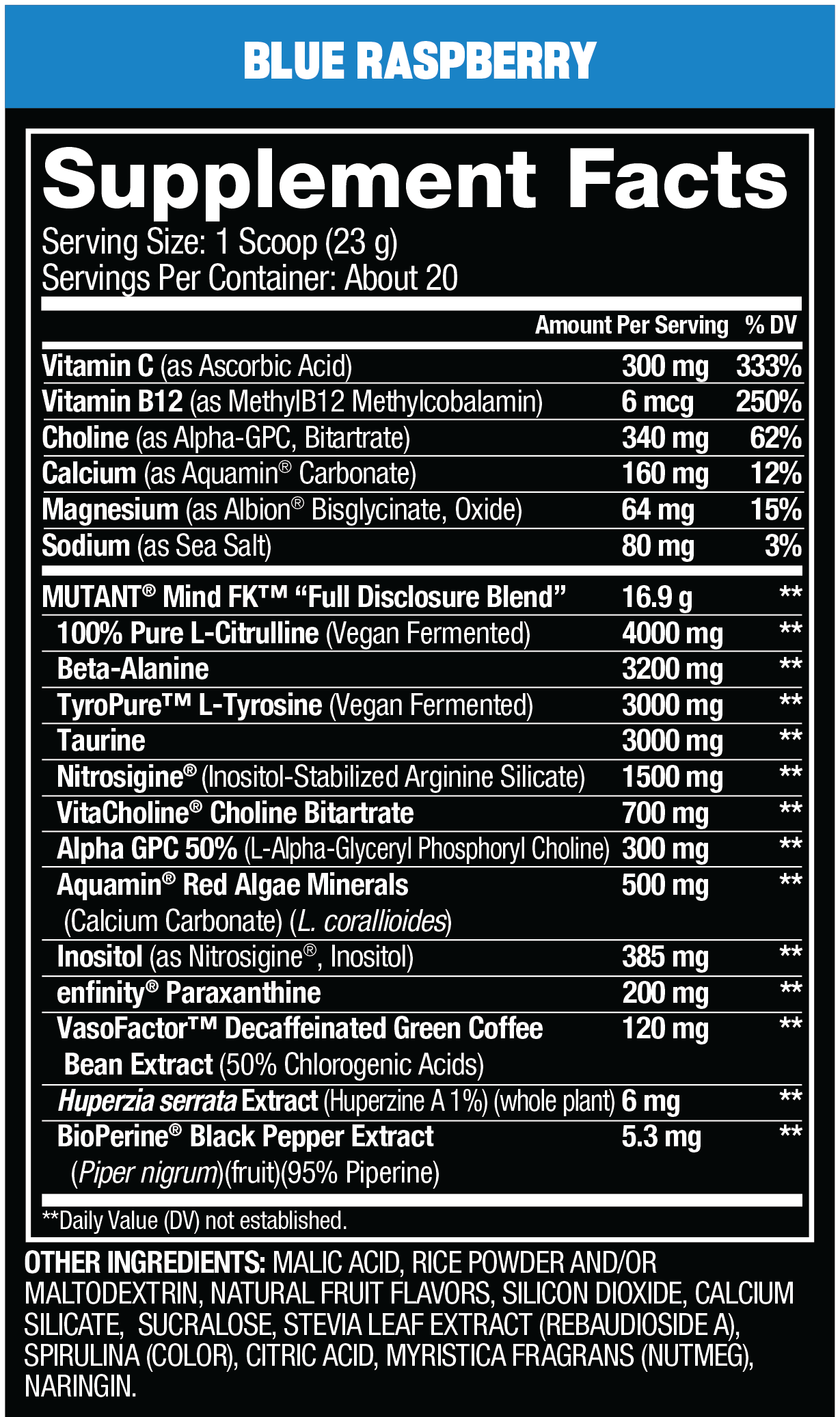
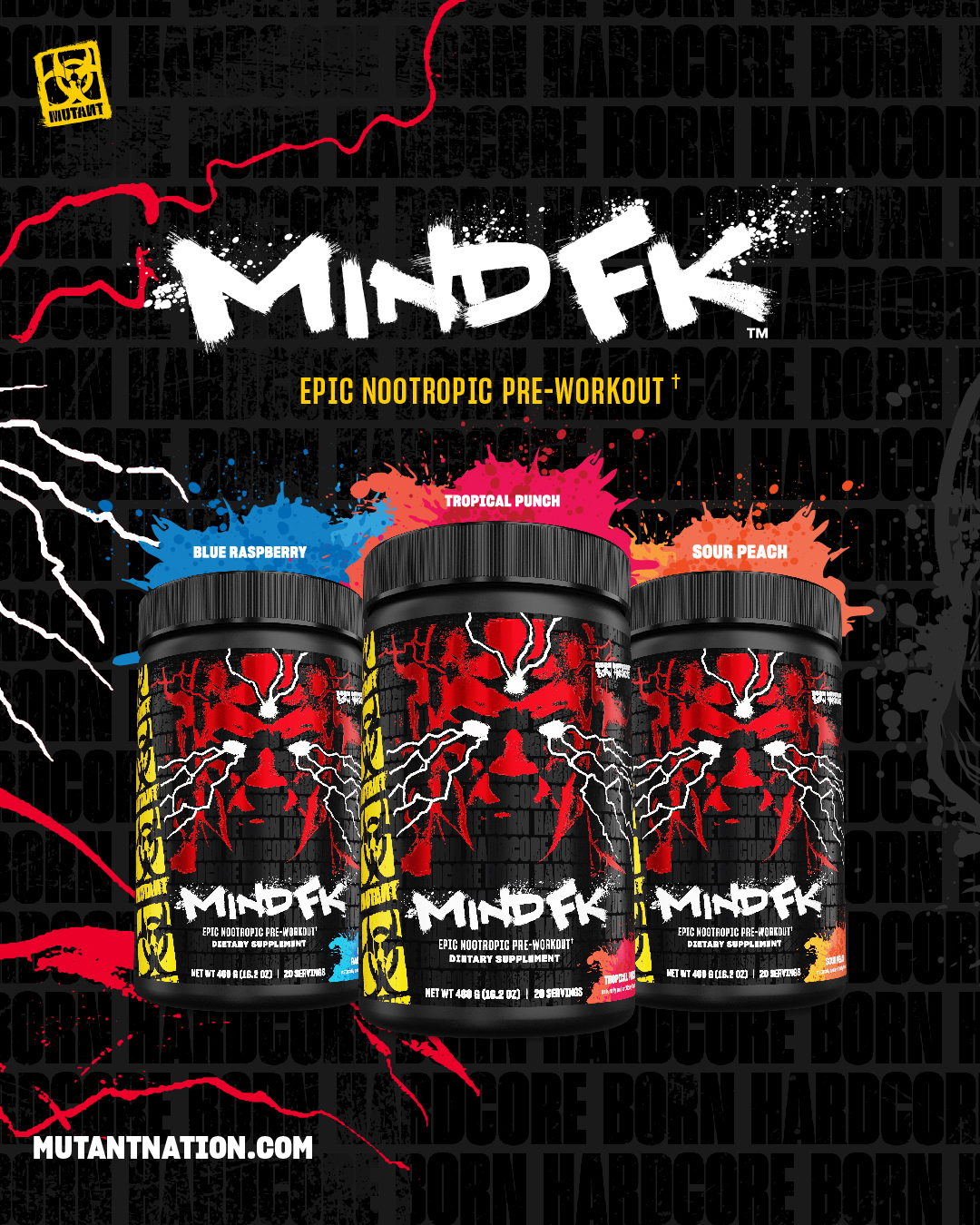


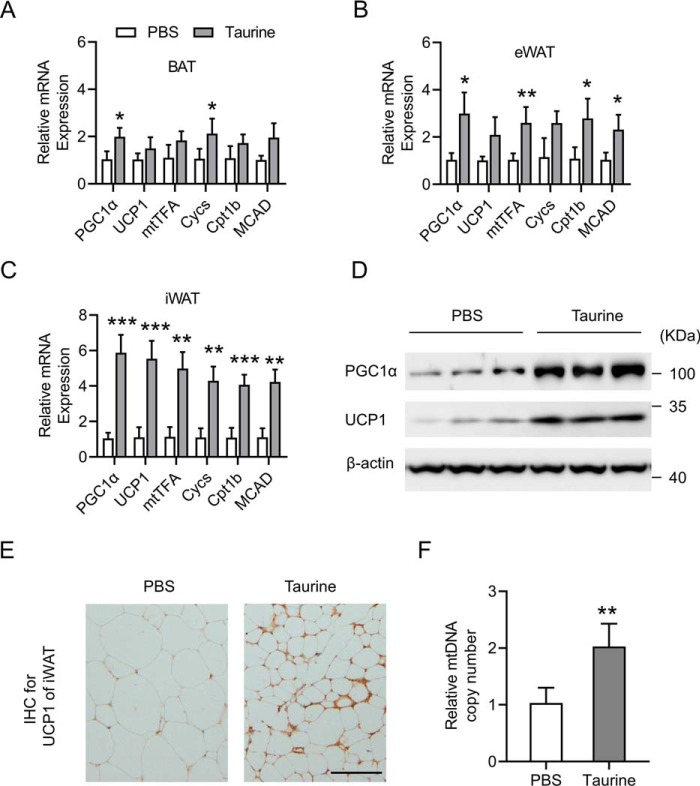
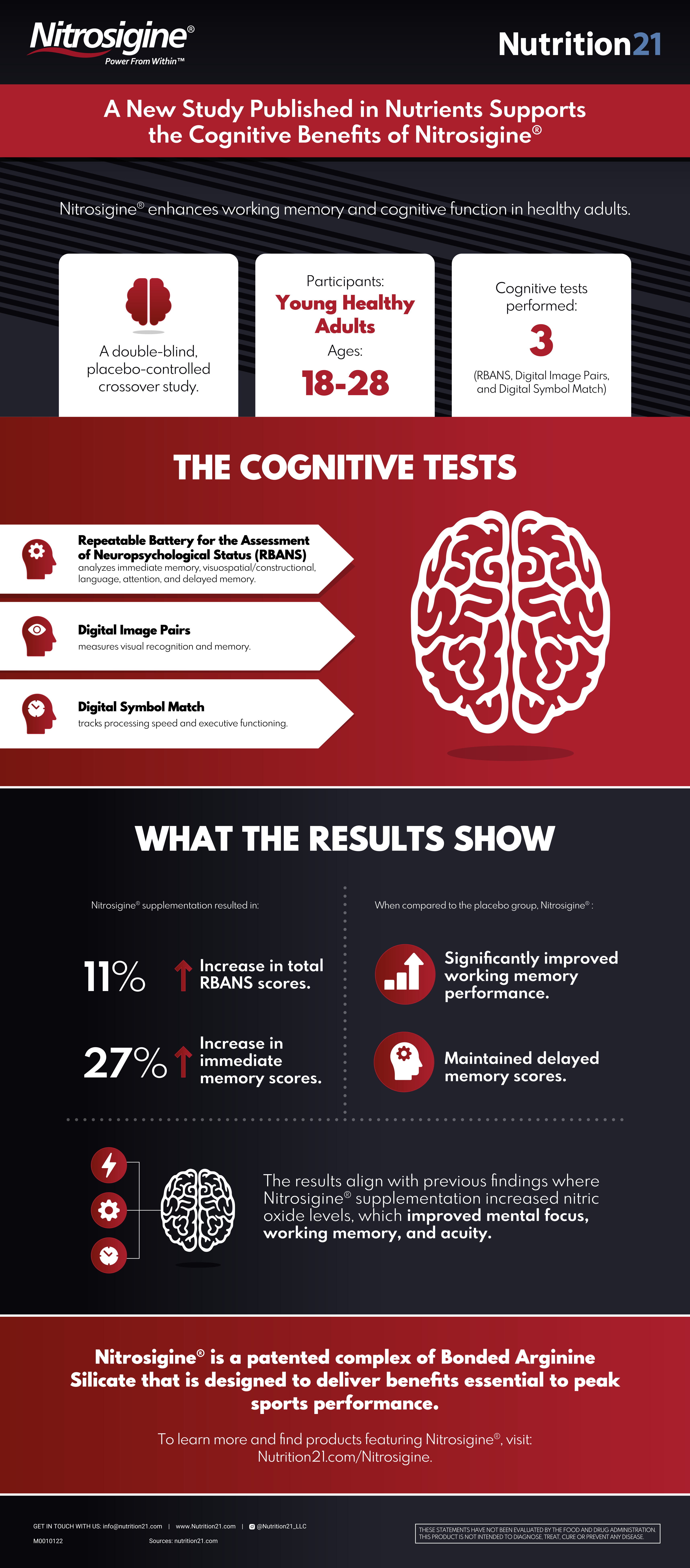

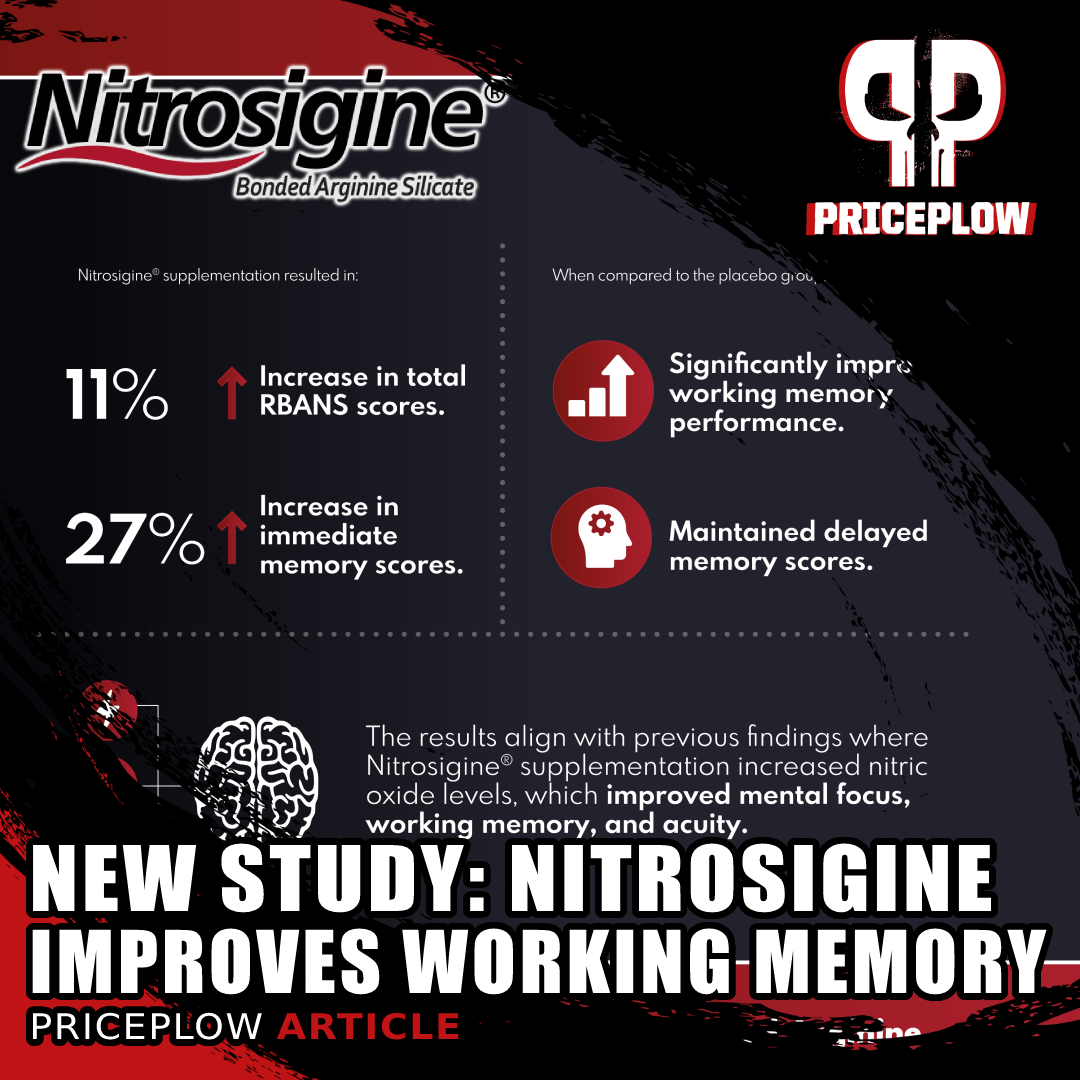


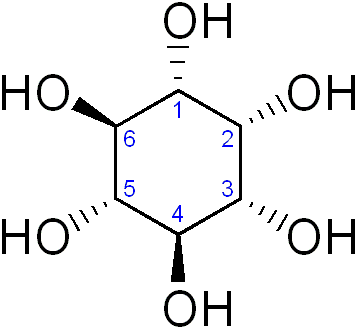
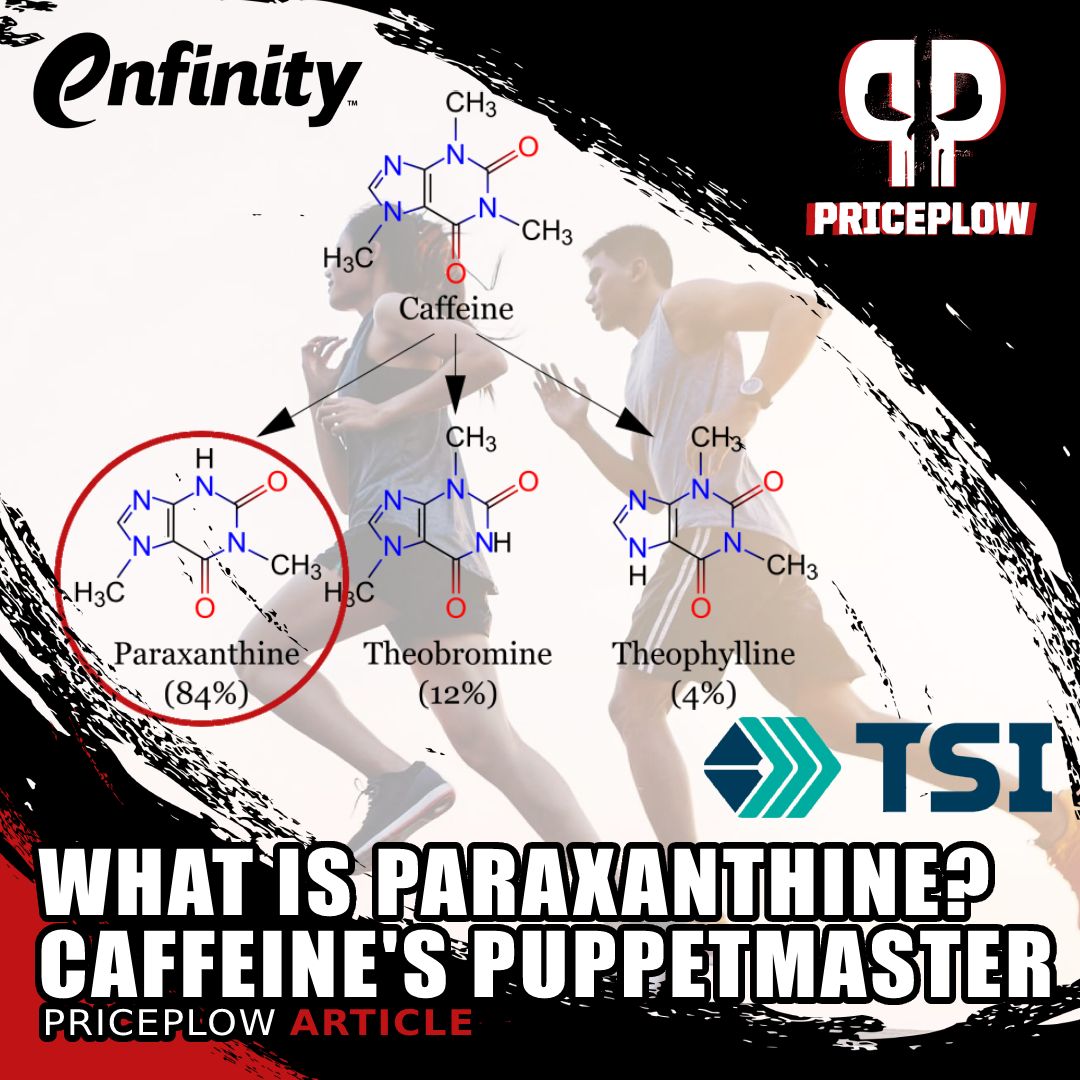


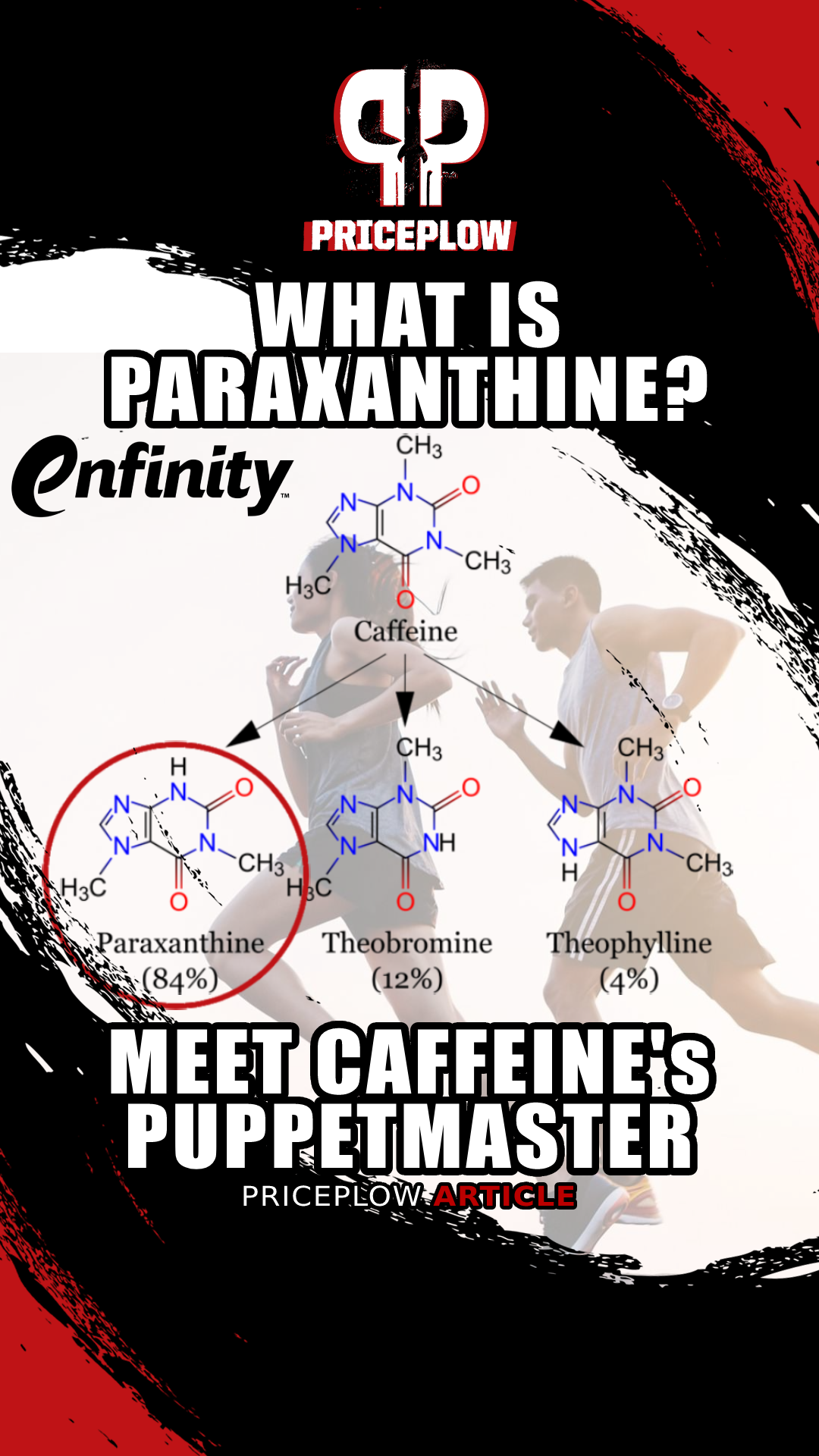
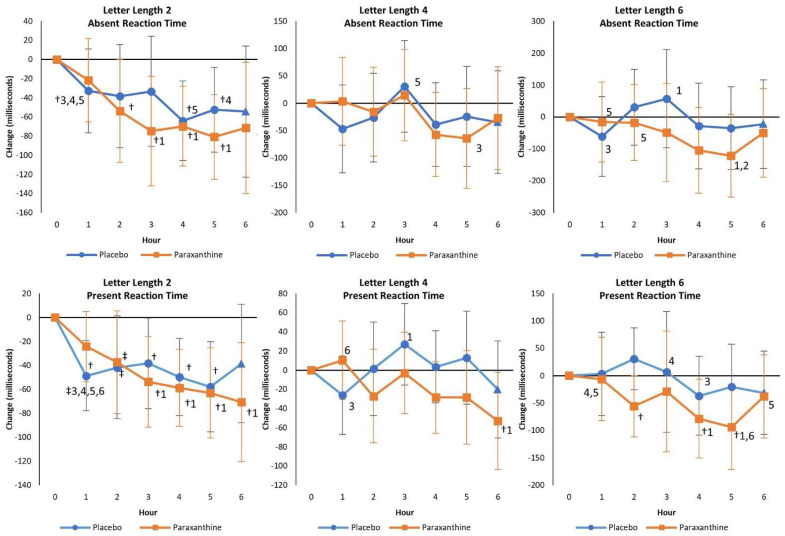

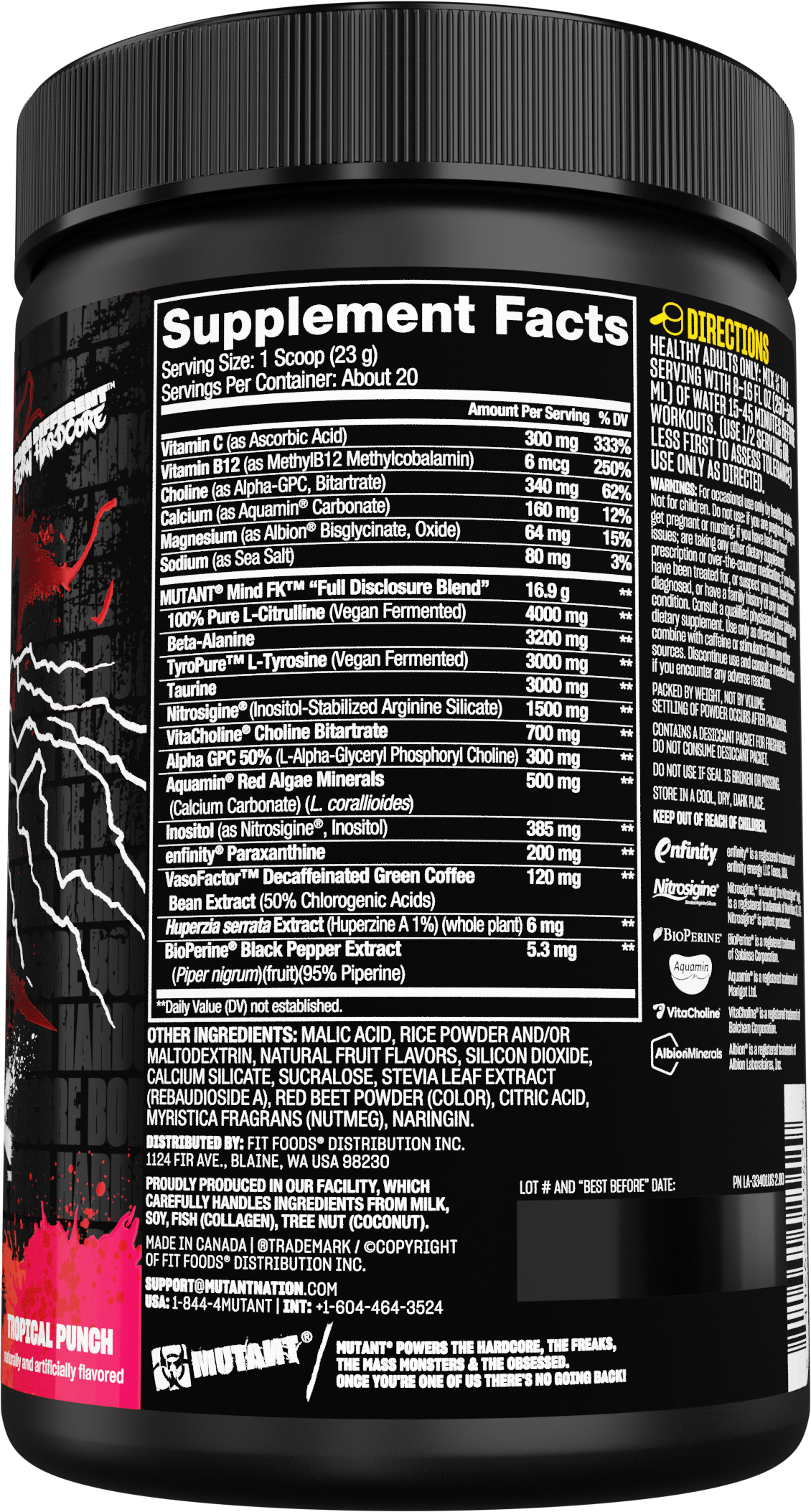



Comments and Discussion (Powered by the PricePlow Forum)